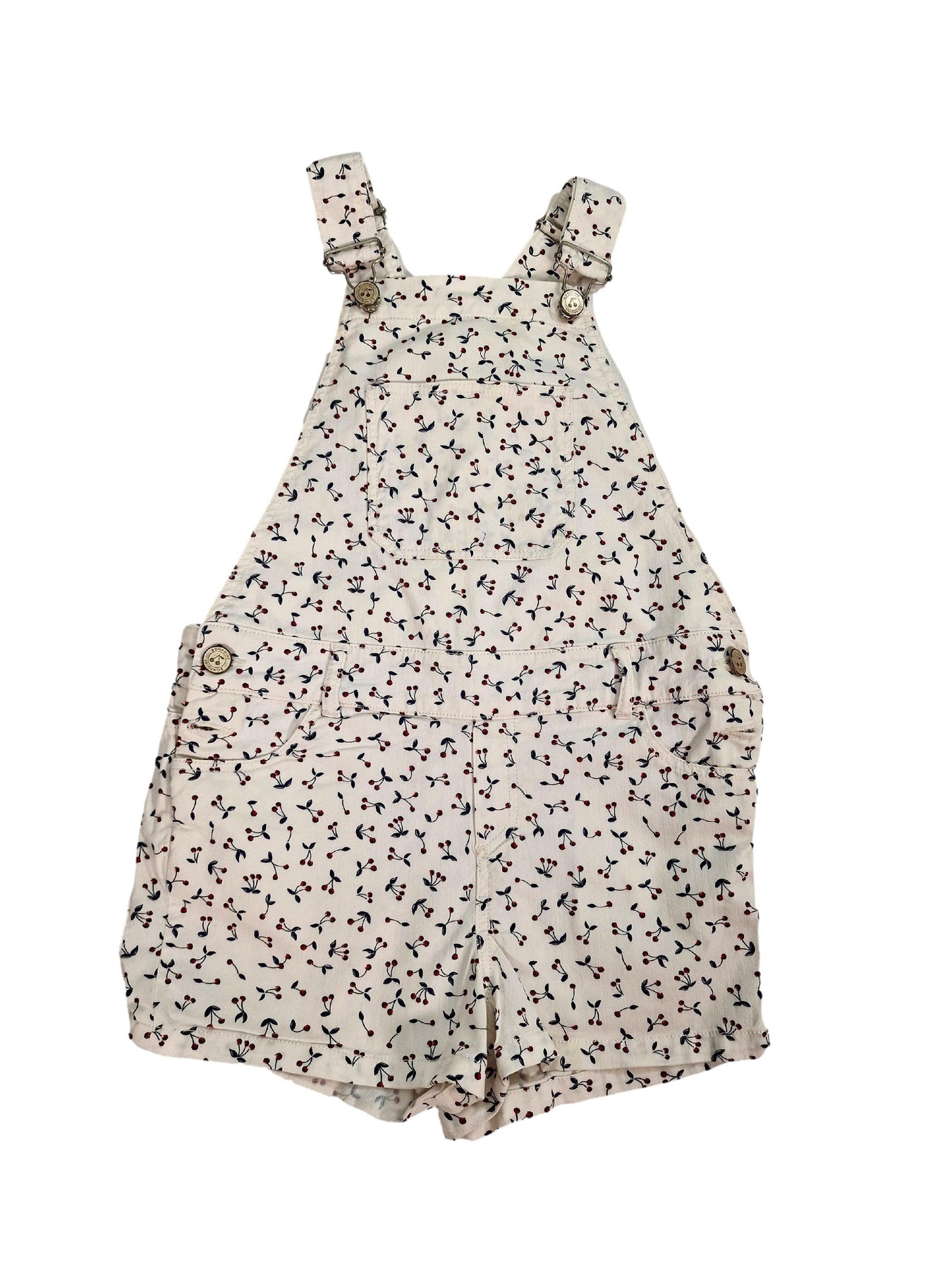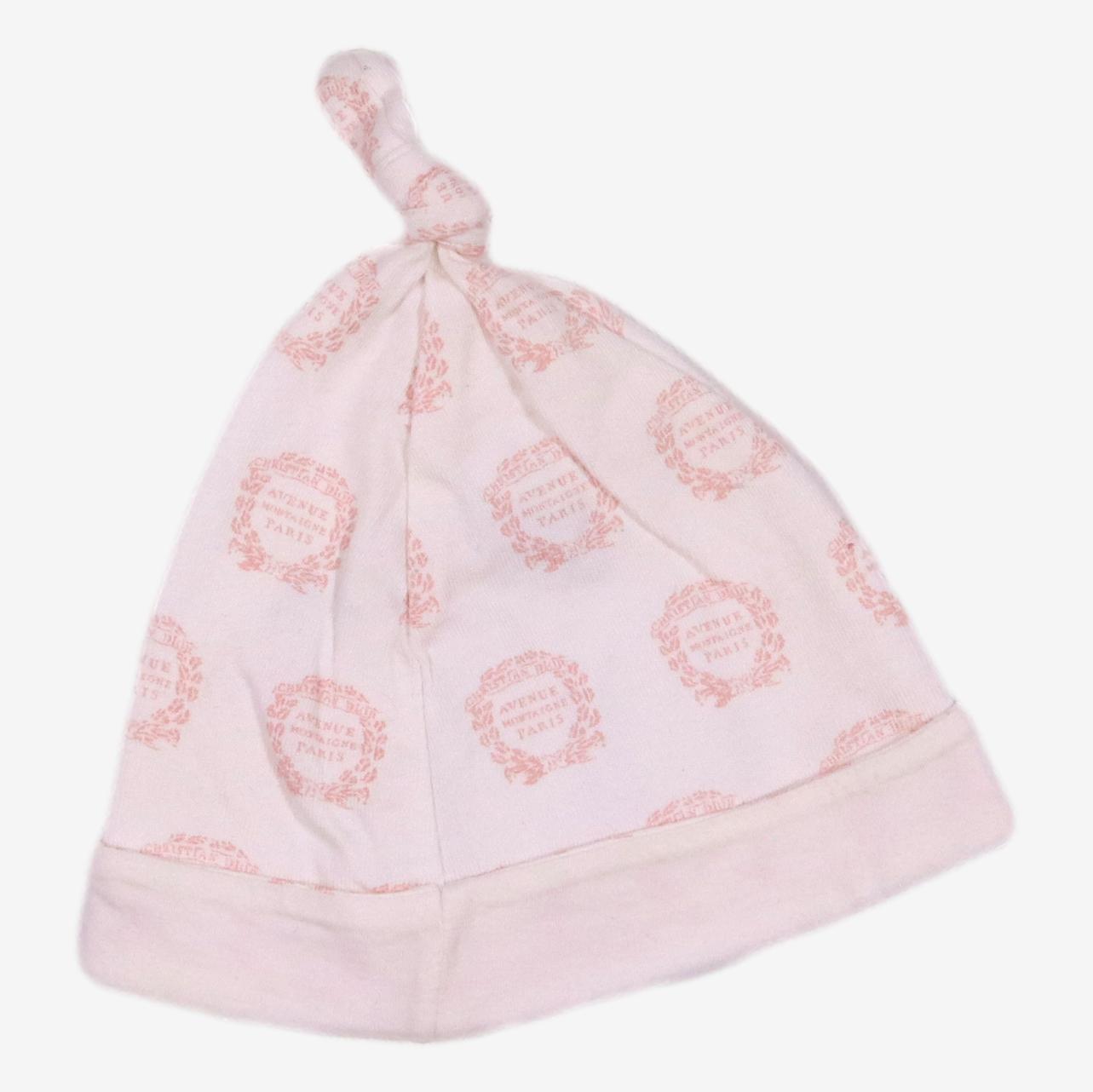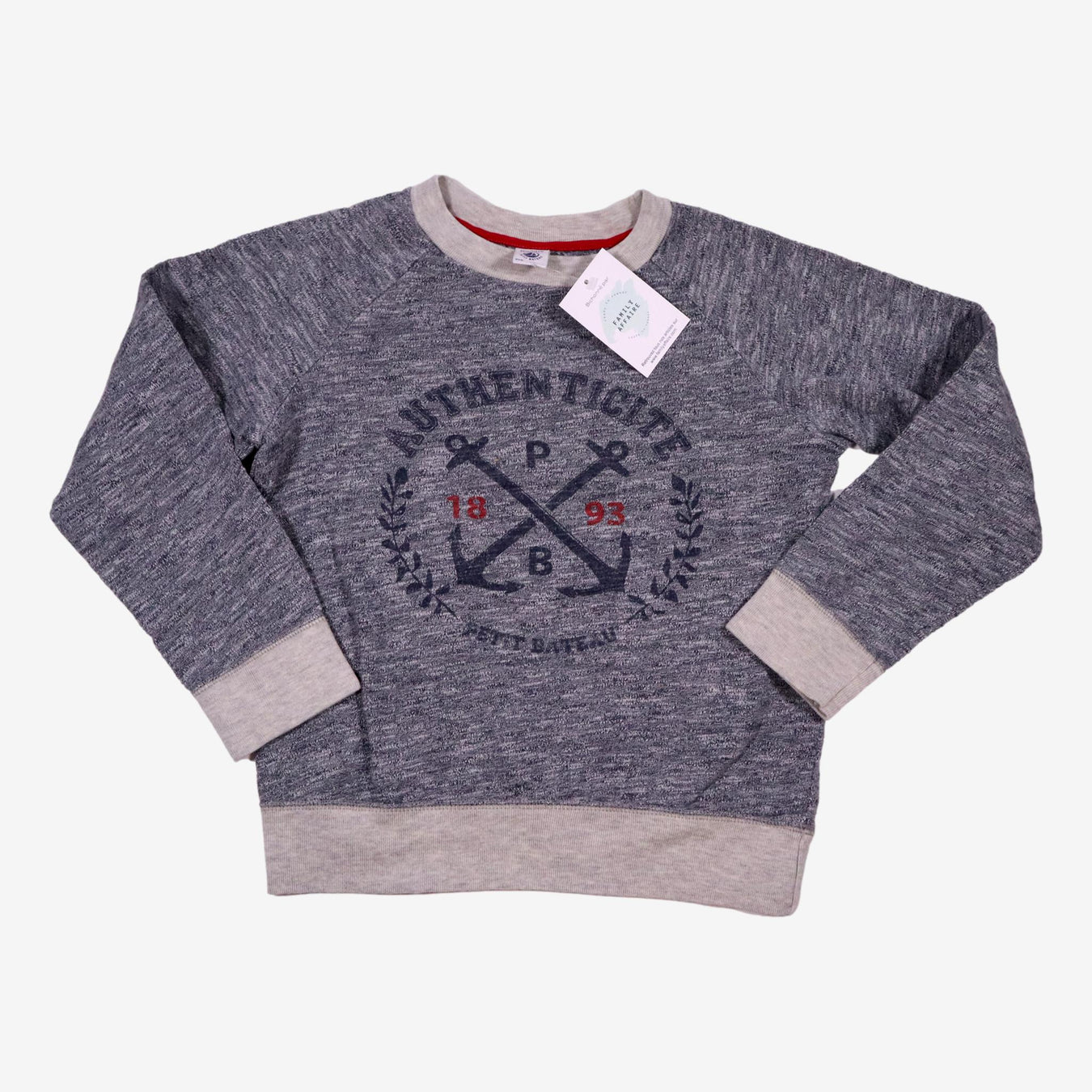
The Mystic Wonders of Fashion and Clothes Circular Economy
Have you ever wondered what a Fashion and Clothes Circular Economy stands for? A system of production, consumption and disposal that is sustainable, with minimal waste and environmental impact. It's time to unravel the mysteries of this new economy - one that will revolutionize the fashion industry as we know it today. By understanding the concept of circular economics and its implications on our society, we can begin to see how it will shape the future of fashion and clothing. Join us in exploring the potential benefits, challenges, opportunities, and hurdles that come with fashion’s move towards a more sustainable model – from raw material production to garment recycling.
Part 1: Understanding the Fashion Industry's Impact on the Environment
The fashion industry is a major sector of the global economy and has an immense impact on the environment. The current linear production model, which focuses on taking resources from nature, transforming them into products with a predetermined lifespan and then throwing them away, has devastating consequences for the environment.
The Current Linear Production Model and Its Consequences on the Environment
The linear model of production assumes that resources are taken out of nature, processed and transformed into products with a predetermined lifespan. These products have no value once they reach their end of life and are discarded as waste into landfills or burned in incinerators.
This model disregards any reuse or recycling potential of these products, resulting in significant environmental damage such as air pollution, water contamination, land degradation and biodiversity loss.
The Environmental Impact of Textile Production and Raw Material Extraction
The fashion industry also contributes to environmental degradation due to the extraction of raw materials used to produce textiles, such as cotton, polyester and other synthetic fibers. The production of these materials uses up vast amounts of energy and water, leading to high levels of air and water pollution.
Additionally, pesticides used for cotton farming cause soil erosion, contaminated water sources and harm human health.
The Waste Generated by the Fashion Industry
The fashion industry generates huge amounts of waste throughout its life cycle, from the extraction of raw materials to manufacturing processes to consumer use up until disposal. Around 70 million tons of clothing are thrown away in landfills each year globally, representing a growing environmental problem.
Part 2: The Concept of a Circular Economy in the Fashion Industry
In order to reduce its environmental footprint, the fashion industry needs to move towards circular economy models where resources are used and reused in closed-loop systems with minimal waste generated.
What is a Circular Economy?
A circular economy is an economic system focused on sustainability where all resources used in production cycles are recovered after use for new purposes without detrimental impacts on natural ecosystems or human health. It is based on three principles: design for durability, optimize resource efficiency through re-use and recycle/repurpose materials at end-of-life.
How Does the Circular Economy Model Apply to the Fashion Industry?
Circular models applied to the fashion industry seek to reduce or eliminate waste throughout all stages of production by increasing product lifespans through durable designs; making better use of existing stock; reusing materials; repurposing garments; leasing instead of buying clothes; incentivizing repair services; introducing rental services; incentivizing recycling initiatives; promoting second hand markets; investing in innovative material technologies; adopting more sustainable dyeing techniques etc.
The Benefits of a Circular Economy for the Fashion Industry
Reduced Environmental Impact:
A circular fashion industry would significantly reduce greenhouse gas emissions produced during textile manufacturing processes as well as benefit from reduced resource consumption.
Economic Savings:
By reducing waste, the fashion industry could save billions of dollars per year.
Positive Brand Image and Consumer Relations:
Adopting a circular model would improve public perceptions of brands and create trust with consumers.
Part 3: Implementing a Circular Economy in the Fashion Industry
The transition to a circular economy model requires both active participation from fashion companies as well as consumer behaviour changes. There are several ways that fashion companies can support a circular economy approach to production and consumption.
Designing for a Circular Economy: Creating Products with Longer Life Cycles
Creating products with longer life cycles is essential for a successful transition to a circular economy. This involves focusing on durable designs that minimise the need for repairs or replacements; using fabrics designed to last longer; designing garments that can be easily taken apart and repurposed; as well as exploring innovative new materials such as biodegradable fabrics.
Closing the Loop: Recycling and Repurposing Clothing
Repairing clothing when possible is an important step towards closing the loop in the fashion industry. Additionally, clothing can be recycled into new materials or used for textile insulation, toy stuffing, rugs or other products.
The Role of Consumers in Supporting a Circular Fashion Industry
Consumers also have an important role to play in supporting a circular economy by being conscious of their purchases and supporting sustainable alternatives such as second hand markets, rental services and repair shops.
The fashion industry has an immense impact on our environment and it is clear that we need to move towards more sustainable models of production and consumption if we are to protect the planet in the long term. A circular economy model offers hope for a future where resources are reused again and again with minimal waste generated, creating value throughout the entire life cycle of products in the fashion industry.





